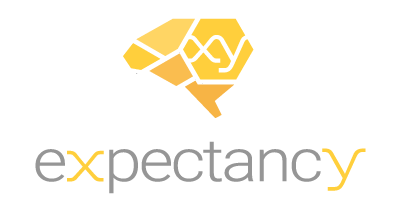Employees (and frankly most leaders) dread annual performance reviews. Since they have historically placed a heavy emphasis on financial rewards, they cause stress and anxiety to employees, decreasing productivity. A study conducted by Deloitte revealed that 58% of executives believe that their current performance management approach neither drives employee engagement nor higher performance. Today, more than two-thirds of US organizations are shifting from the traditional appraisal process towards more frequent check-ins. Notable companies like Deloitte, GE, and Adobe have led the movement by getting rid of their morale-sinking annual performance reviews. Whether you are a small or multinational organization, making the shift can greatly benefit the business.
Benefits of Frequent Performance Reviews
More frequent performance reviews are a proactive approach to talent development. Instead of waiting for an annual performance review to give feedback, providing timely feedback can help make sure that problems are addressed before it is too late. More frequent check-ins and feedback can help employee’s feel heard, understood and valued, which in turn can help decrease employee turnover. Since Adobe made the switch, they have seen a 30% reduction in voluntary turnover
More frequent check-ins could also make employees feel like they have a safe place to discuss new ideas, which in turn can increase innovative thinking. Studies show that they can also improve overall employee engagement and performance. General Electric saw a fivefold productivity increase after shifting from annual performance reviews to more frequent check-ins. They also claim that they sourced a number of very profitable ideas for improvements inside and out of the organization from these check-ins. Lastly, these conversations can increase self-reflection and self-awareness in employees, which is always a good habit to seek continuous improvement.
How Can Your Organization Make the Shift?
You have considered the benefits, and want to join the movement, but how? Making a conscious shift from annual performance reviews to more frequent, ongoing conversations will require buy-in from top executives. At first, managers may see this as more work and might push back. Try to make it apparent to managers that this could actually save them time down the road. Adobe has reported that they have saved approximately 80,000 hours of their managers’ time in the annual review process, by switching to more frequent check-ins. We suggest that managers check in with each employee once a week, or at least after the completion of each project. During the one-on-one, the manager should not only give feedback but should also encourage their employee to return the favor, by offering their feedback on leadership. This will set you up for a more open and honest relationship.
In addition, during a check-in, managers should:
- Communicate expectations
- Review recent work
- Comment on what they are doing well
- Comment on where and how the employee could improve
- Review short-term and long-term goals
- Provide an alternative perspective on the work at hand
Lastly, it is important that check-in feedback and notes are documented and managed. A platform like Expectancy makes documenting, tracking, and managing check-in feedback easy. It is important that this information is readily accessible so that it can be looked back at for reference.
Although Deloitte, GE, and Adobe have spearheaded this movement, we predict that shifting to more frequent check-ins can be of great benefit to businesses of all sizes. Has your organization followed the trend, by moving away from annual performance review? How did your organization make that transition? What results have you seen? If your organization isn’t making the shift, why not? We’d love to hear your responses and continue the conversation.


